Most mothers wonder – especially on warm days – how much their baby should drink. The problem is that there is no ideal value. However, there are two important factors to consider: The baby’s age and body weight.
Table of contents
Age Of The Baby
Drinking Quantity Per Meal Approximate Daily Requirement
Newborn:
– 30ml
– 200-250ml
2. Week Of Life
50ml
– 300-450ml
3.-4th week Of Life
– 80ml
– 500-650m
2. Month Of Life
– 100-140ml
– 600-880ml
3. Month Of Life
– 150-170ml
– 760-860ml
4. Month Of Life
– 150-220ml
– 760-900ml
5. Month Of ife
– 170-200ml
– 560-750ml
6. Month Of Life
– 180-250ml
– 660-810ml
Tip:
Rule of thumb drinking amount = 1/6 of own body weight or per kilogram of body weight approx. 150ml liquid.
When Do I Know That My Baby Is Thirsty?
You don’t have to worry that your baby hasn’t had enough fluids, because babies usually signal when they are thirsty.
Why Does My Baby Always Drink For A Short Time In The Summer?
On warm summer days, babies usually drink more often but for a shorter time at the breast. The reason is that your breast milk is more watery and thirst-quenching at the beginning than at the end, as it becomes more fatty and nutritious.
In the early days, your baby should feed about eight to twelve times a day.
The healthy daily fluid requirement is also shown by the number of diapers. As a rule, it is between six and eight a day.
Which Drinks Are Suitable For My Baby?
Your baby does not need more than milk in the first 6 months, as milk is mostly water. If you still want to give your baby tap water, then it must be boiled urgently until the 6th month.
Make sure that the tap water does not contain too much lime. Otherwise, you can give your baby still mineral water to drink, but it is suitable for baby food. You should not give your baby sugary drinks, as they are bad for the milk teeth and make them fat.
Suitable teas are: Fruit and herbal teas, as well as rosehip, mallow and chamomile teas. But instant infant teas are taboo. Most of these granules are unfortunately sugared and thus promote tooth decay and obesity.
How Often Should My Baby Be Breastfed?
Initially, it is ideal to breastfeed eight to twelve times in 24 hours. The stomach of a newborn is very small at first and has just the volume of a cherry. One month later, it will already be 80-150ml.
Every woman produces different amounts of milk, which is then stored in the breasts.
If there is less milk for the child per breastfeeding unit, it must also therefore drink more often.
During the day, the number of milk changes and decreases. This can result in what is called “cluster feeding” late in the afternoon or evening, causing the baby to feed several times an hour or even for several hours.
Baby Bottles: Glass Or Plastic?
There is always a back and forth debate about whether a glass baby bottle or a plastic baby bottle is better for your baby. Both types of bottles have their positives as well as negatives.
The advantage of glass baby bottles is that they are both tasteless and odorless. They are especially heat resistant and less prone to interior scratches. Along with this, they are less susceptible to bacteria and germs. The disadvantage of baby glass bottles is that they break more quickly and are heavier.
The advantage of plastic baby bottles is that they are lighter than glass bottles and also do not break as quickly if they are dropped, for example. On the other hand, they are much more susceptible to scratches on the inside.
Bacteria and germs thus have an easy time multiplying if they are not cleaned properly. The material from which plastic baby bottles are made is also important. They should always be BPA-free and made of polypropylene or polyamide.
What Should I Do If The Baby Does Not Drink?
If your baby is not drinking, you can mix the porridge meals with a little more water to add extra liquid. However, if your baby is still not drinking enough, it may be due to the very liquid consistency of water or tea.
After all, breast milk is also a bit thicker than water. You can now try to slowly accustom the baby to the liquid water by boiling up some breast milk or powdered milk with the water or tea. This way the consistency is a bit thicker and you can slowly accustom your baby.

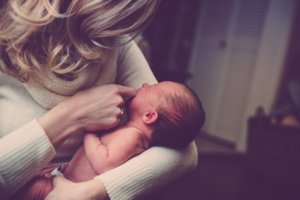
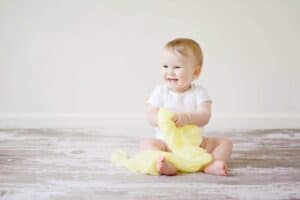
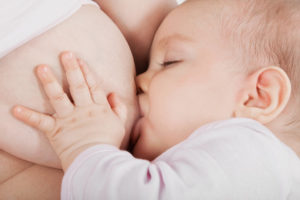
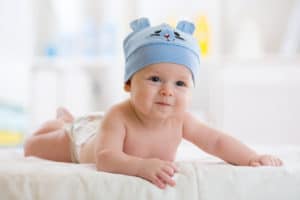
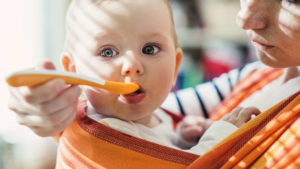

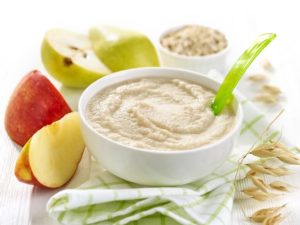

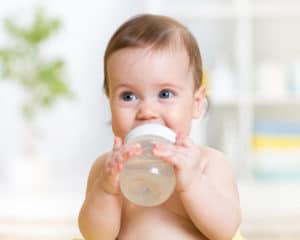
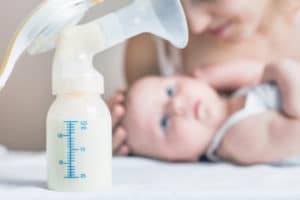
7 thoughts on “How Much Should My Baby Drink?”